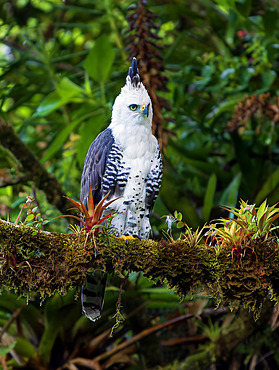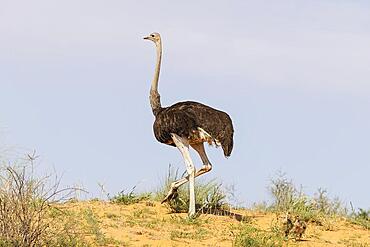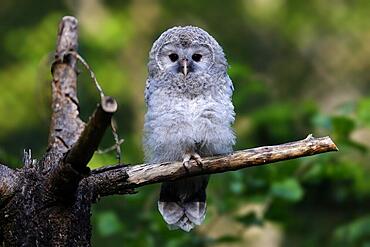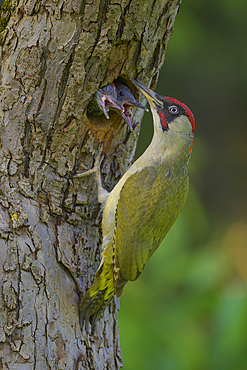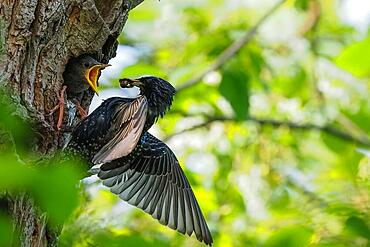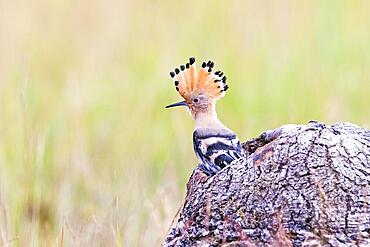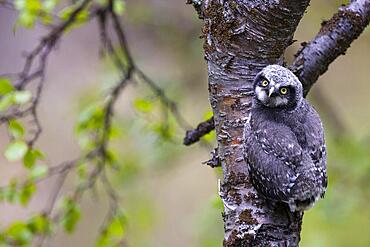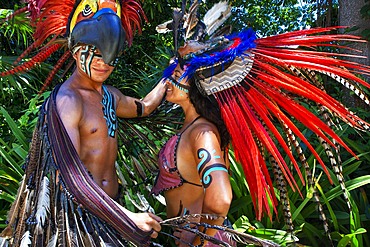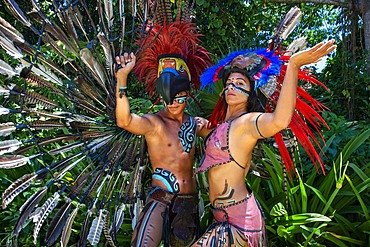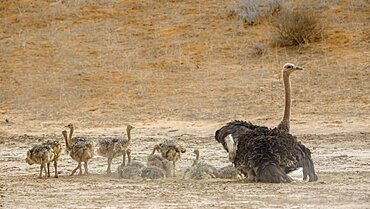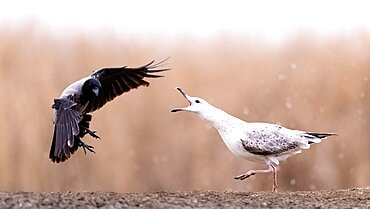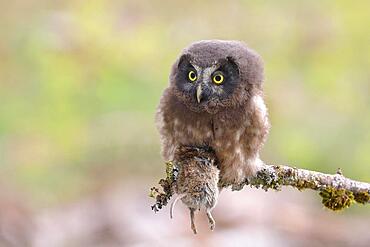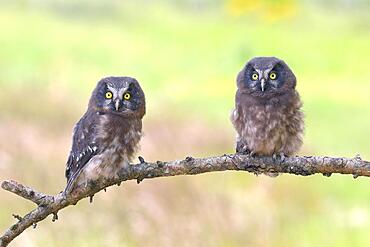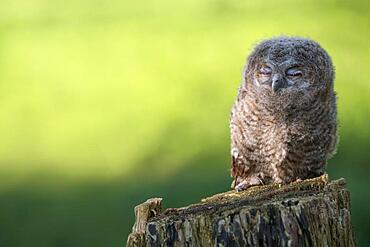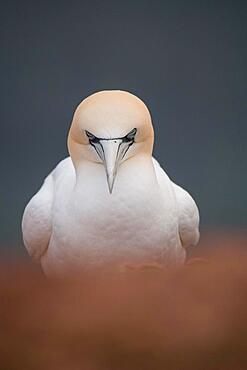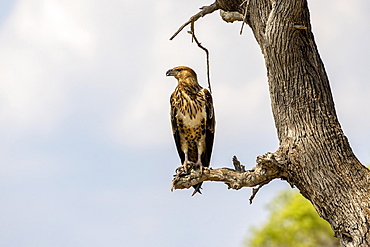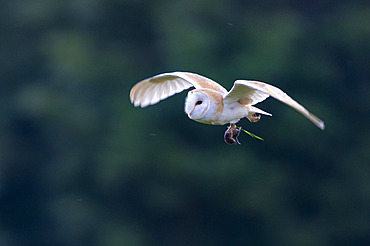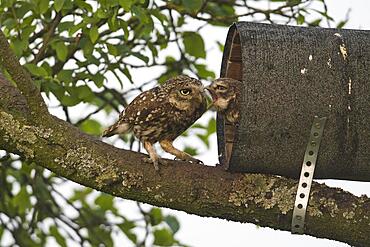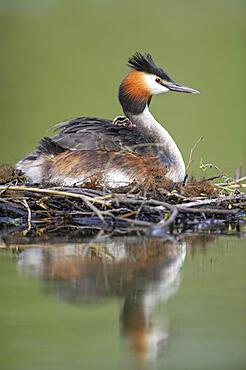Recent searches
Loading...
860-292217 - Iberian eagle (Aquila adalberti), juvenile on a stump, Spain
860-292188 - Royal Penguin (Eudyptes schlegeli) coastal colony, Sandy Bay, Macquarie Island, Tasmania
860-292183 - Ornate Hawk-Eagle (Spizaetus ornatus), juvenile, Chiriqui Highlands, Panama
860-292182 - Ornate Hawk-Eagle (Spizaetus ornatus), juvenile, Chiriqui Highlands, Panama
860-292060 - Ostrich (Struthio camelus). Male on the right and female with two chicks on the ridge of a grass-grown sand dune. Feeding on yellow Devil's Thorn (Tribulus zeyheri) flowers. Kalahari Desert, Kgalagadi Transfrontier Park, South Africa.
860-292006 - Pale chanting goshawk (Melierax canorus) immature, Etosha National Park, Namibia
1200-603 - Goshawk (Accipiter gentilis), young male, calling, Finland, Europe
832-403780 - Woman with tennis shoes riding scooter
832-403331 - Ostrich (Struthio camelus) . Female with two chicks on the ridge of a grass-grown sand dune. Kalahari Desert, Kgalagadi Transfrontier Park, South Africa, Africa
832-403330 - Ostrich (Struthio camelus) . Female on the left and male on the ridge of a grass-grown sand dune. Behing them a chick. Kalahari Desert, Kgalagadi Transfrontier Park, South Africa, Africa
832-403329 - Ostrich (Struthio camelus) . Female on the right and male on the ridge of a grass-grown sand dune. In between them a chick. Kalahari Desert, Kgalagadi Transfrontier Park, South Africa, Africa
832-403212 - American flamingo (Phoenicopterus ruber) chick, Germany, Europe
832-403213 - American flamingo (Phoenicopterus ruber) chick, Germany, Europe
832-403211 - American flamingo (Phoenicopterus ruber) chick, Germany, Europe
832-401895 - Ural Owl (Strix uralensis), young bird, branchling on a branch, Germany, Europe
832-401894 - Two Hawk Owls (Strix uralensis), young bird, branchlings on a branch, Germany, Europe
832-401893 - Ural Owl (Strix uralensis), young bird, branchling on a branch, Germany, Europe
832-401466 - Top view of young slim woman in white bikini relax and floating in infinity swimming pool. Summer vacation, rest concept
832-401464 - Top view of young woman swimming in clean turquoise water in infinity swimming pool. Relax, vacation, sport concept
832-401299 - European green woodpecker (Picus viridis), male at nest hole feeding the young, Biosphere Reserve, Swabian Alb, Baden-Wuerttemberg, Germany, Europe
832-401298 - European green woodpecker (Picus viridis), male at nest hole feeding the young, Biosphere Reserve, Swabian Alb, Baden-Wuerttemberg, Germany, Europe
860-291645 - Juvenile White-tailed Eagle (Haliaeetus albicilla) perched on pine trees at the edge of a bog in spring, Finland
832-401245 - Common starling (Sturnus vulgaris), old bird feeding young bird at the breeding cavity, Hesse, Germany, Europe
832-400571 - Young Hoopoe (Upupa epops) foraging, Bird of the Year 2022, Middle Elbe Biosphere Reserve, Middle Elbe River Landscape, Saxony-Anhalt, Germany, Europe
832-400570 - Young hoopoe (Upupa epops) shortly in front of its flight, Bird of the Year 2022, Middle Elbe Biosphere Reserve, Middle Elbe River Landscape, Saxony-Anhalt, Germany, Europe
832-400569 - Hoopoe (Upupa epops) feeding its young, Middle Elbe Biosphere Reserve, Saxony-Anhalt, Germany, Europe
832-400398 - Close up of little yellow ducklings in a white wicker basket. Small boy in a white t-shirt is holding a pottle with cute pet nestlings. Child and birds. Summer background. Copy space
832-400373 - Little boy and little yellow ducklings swimming in washtub in the garden. Small boy in a white t-shirt with cute pets. Child and birds. Summer background. Copy space
1358-150 - A young Green Heron (Butorides Virescens) fishing by a pond, Bermuda, Atlantic, North America
832-398955 - Northern hawk owl (Surnia ulula), branchling, Varanger, Finnmark, Norway, Europe
832-398954 - Northern hawk owl (Surnia ulula), branchling, Varanger, Finnmark, Norway, Europe
832-398588 - Ostrich (Struthio camelus) flock of young chicks with male adult animal foraging on green grassland in the Kalahari. Kalahari National Park, South Africa, Africa
1112-7367 - A young red-tailed hawk (Buteo jamaicensis), on a sign near Whitewater Draw, Coronado National Forest, Arizona, United States of America, North America
1350-6608 - Mexican aztec dress gods at Grand Palladium White Sand Resort and Spa in Riviera Maya, Yucatan Peninsula, Quintana Roo, Caribbean Coast, Mexico.
Aztec clothing was generally loose fitting and did not completely cover the body. When the Spanish arrived in Mexico, the people were surprised to see them in their full armour, with only their faces exposed.
Aztec clothes were generally made of cotton (which was imported) or ayate fiber, made from the Maguey Cactus (also called the Century Plant or American Aloe). Women would weave the fibers into clothing, a task girls were taught as young teenagers. Because of their vast trading network, the Aztecs were able to make use of a beautiful array of dyes, creating the brilliant
1350-6595 - Mexican aztec dress gods at Grand Palladium White Sand Resort and Spa in Riviera Maya, Yucatan Peninsula, Quintana Roo, Caribbean Coast, Mexico.
Aztec clothing was generally loose fitting and did not completely cover the body. When the Spanish arrived in Mexico, the people were surprised to see them in their full armour, with only their faces exposed.
Aztec clothes were generally made of cotton (which was imported) or ayate fiber, made from the Maguey Cactus (also called the Century Plant or American Aloe). Women would weave the fibers into clothing, a task girls were taught as young teenagers. Because of their vast trading network, the Aztecs were able to make use of a beautiful array of dyes, creating the brilliant
832-397903 - African penguin (Spheniscus demersus), adult, juvenile, on the beach, feeding, social behaviour, Boulders Beach, Simonstown, Western Cape, South Africa, Africa
832-397902 - African penguin (Spheniscus demersus), adult, subadult, two penguins, swimming, in the water, Boulders Beach, Simonstown, Western Cape, South Africa, Africa
832-397904 - African penguin (Spheniscus demersus), adult, two juveniles, siblings, on the beach, feeding, social behaviour, Boulders Beach, Simonstown, Western Cape, South Africa, Africa
832-397857 - Mute swan (Cygnus olor), young swimming in water, Bavaria, Germany, Europe
860-291135 - Eagle flies from stone with prey in its claws. Alaska. Katmai National Park. USA.
860-291105 - Baby giraffe (Giraffa camelopardalis tippelskirchi) in the savannah. Kenya. Tanzania. East Africa.
860-291104 - Female giraffe (Giraffa camelopardalis tippelskirchi) with a baby in the savannah. Kenya. Tanzania. East Africa.
860-291134 - Eagle is flying with prey in its claws. Alaska. Katmai National
860-291233 - African Ostrich (Struthio camelus) female with pack of chicks grooming in sand in Kgalagadi transfrontier park, South Africa
860-291234 - African Ostrich (Struthio camelus) female with pack of chicks in Kgalagadi transfrontier park, South Africa
860-291106 - Female giraffe (Giraffa camelopardalis tippelskirchi) with a baby in savannah. Kenya. Tanzania. East Africa.
860-291343 - Fight. Seagull (Larus sp) facing Hooded Crow (Corvus cornix). Slovakia
860-291085 - Hoopoe (Upupa epops), feeding at a nest in a dry stone wall in the Alsatian vineyard, Haut-Rhin, France
832-397209 - Hoopoe (Upupa epops) feeding its young, Middle Elbe Biosphere Reserve, Saxony-Anhalt, Germany, Europe
832-397128 - Tengmalm's Owl (Aegolius funereus), two young birds sitting on a larch branch, Siegerland, North Rhine-Westphalia, Germany, Europe
832-397131 - Tengmalm's Owl (Aegolius funereus), juvenile, with a preyed ground mouse (Microtus agrestis), sitting on a larch branch, Siegerland, North Rhine-Westphalia, Germany, Europe
832-397208 - Hoopoe (Upupa epops) feeding its young, Middle Elbe Biosphere Reserve, Saxony-Anhalt, Germany, Europe
832-397127 - Tengmalm's Owl (Aegolius funereus), two young birds sitting on a larch branch, Siegerland, North Rhine-Westphalia, Germany, Europe
1178-43117 - Caucasian girl holding chicken in chicken coop
1178-43087 - Caucasian girl examining plants outdoors
1178-43116 - Caucasian girl hugging chicken in chicken coop
832-396928 - Tawny owl (Strix aluco), Nestling on tree stump, Hattingen, Germany, Europe
832-397032 - Great crested grebe (Podiceps cristatus) on nest with young bird, Hesse, Germany, Europe
832-397031 - Great crested grebe (Podiceps cristatus) on nest with young bird in plumage, turning eggs, Hesse, Germany, Europe
832-396945 - Girl doing yoga bird of paradise, a girl doing yoga outdoors, A woman doing balance yoga, person doing yoga Svarga Dvijasana
832-396927 - Tawny owl (Strix aluco), Nestling on tree stump, Hattingen, Germany, Europe
832-396810 - Northern gannet (Morus bassanus), bird completely relaxed during breeding, Helgoland, Schleswig-Holstein, Germany, Europe
832-396434 - African fish eagle (Haliaeetus vocifer), juvenile, on branch, view to re Moremi Game Reserve East, Okavango Delta, Botswana, Africa
832-396435 - African fish eagle (Haliaeetus vocifer), juvenile, on branch, looking left, Moremi Game Reserve East, Okavango Delta, Botswana, Africa
860-290552 - Barn owl (Tyto Alba) in flight with a prey, England
860-290559 - A male ostrich, Struthio camelus, keeping watch over his clutch of chicks as they forage. Masai Mara National Reserve, Kenya.
860-290808 - African elephant (Loxodonta africana) at a waterhole at sunset, Etosha National Park, Namibia
860-290797 - Whooper swan (Cygnus cygnus) feeding at sunrise, Engalnd
860-290548 - Red legged partridge (Alectoris rufa) and chicks on ground in spring, France
860-290571 - Kingfisher (Alcedo atthis) perched on a lichen covered branch, England
832-396287 - Purple heron (Ardea purpurea) at nest with young, Baden-Wuerttemberg, Germany, Europe
832-396057 - Little owls (Athene noctua), feeding young, Emsland, Lower Saxony, Germany, Europe
832-396286 - Purple heron (Ardea purpurea) at nest with young, Baden-Wuerttemberg, Germany, Europe
832-396283 - Black woodpecker (Dryocopus martius), juvenile, Emsland, Lower Saxony, Germany, Europe
832-396056 - Young little owls (Athene noctua) at the breeding tube, Emsland, Lower Saxony, Germany, Europe
832-396153 - Great crested grebe (Podiceps cristatus) at the nest with young bird in plumage, Oldenburger Muensterland, Vechta, Lower Saxony, Germany, Europe
1112-6586 - A young black-collared hawk (Busarellus nigricollis), Rio Negrio, Mato Grosso, Pantanal, Brazil, South America
746-91162 - Rockhopper Penguin (Eudyptes chrysocome), subspecies western rockhopper penguin (Eudyptes chrysocome chrysocome). Colony on cliff with creche. South America, Falkland Islands, January
746-91087 - King Penguin (Aptenodytes patagonicus) on the island of South Georgia, the rookery in St. Andrews Bay. Feeding behaviour. Antarctica, Subantarctica, South Georgia
746-91088 - King Penguin (Aptenodytes patagonicus) on the island of South Georgia, the rookery in St. Andrews Bay. Feeding behaviour. Antarctica, Subantarctica, South Georgia
746-91089 - King Penguin (Aptenodytes patagonicus) on the island of South Georgia, the rookery in St. Andrews Bay. Feeding behaviour. Antarctica, Subantarctica, South Georgia
1112-6553 - Young Southern elephant seal (Mirounga leonina) bulls mock fighting at Gold Harbour, South Georgia, South Atlantic, Polar Regions
1112-6554 - Young Southern elephant seal (Mirounga leonina), bulls mock fighting at Gold Harbour, South Georgia, South Atlantic, Polar Regions
1112-6556 - Young Southern elephant seal (Mirounga leonina), bulls mock fighting at Gold Harbour, South Georgia, South Atlantic, Polar Regions
1112-6405 - A young emperor penguin (Aptenodytes forsteri), on the ice near Snow Hill Island, Weddell Sea, Antarctica, Polar Regions
1112-6406 - A young emperor penguin (Aptenodytes forsteri), near Adelie and gentoo penguins on Pleneau Island, Antarctica, Polar Regions
1112-6390 - A young emperor penguin (Aptenodytes forsteri) hauled out on the ice near Snow Hill Island, Weddell Sea, Antarctica, Polar Regions
832-395881 - Southern rockhopper penguin (Eudyptes chrysocome), with young, West Point, Falkland Islands, South America
832-395929 - Three white storks (Ciconia ciconia), young birds, standing on nest, Hesse, Germany, Europe
832-395831 - Tawny owl (Strix aluco), three fledglings sleeping close together on a branch, Bad Homburg, Hesse, Germany, Europe
832-395445 - Drone shot, hiker at the summit of Pico da Barrosa with view to the crater lake Lagoa do Fogo, Sao Miguel Island, Azores, Portugal, Europe
1178-41414 - Smiling Mixed Race girl wearing hat and coat in winter
1178-41173 - Caucasian mother rinsing hair of daughter in bathtub
1178-40505 - Mixed Race brother and sister snapping wishbone
1178-40833 - Caucasian mother and daughter wearing chicken costumes
1178-39564 - Aerial view of Caucasian synchronized swimmers
1178-40310 - Mixed Race girl covering eyes with peacock feathers
1178-39563 - Aerial view of Caucasian synchronized swimmers


